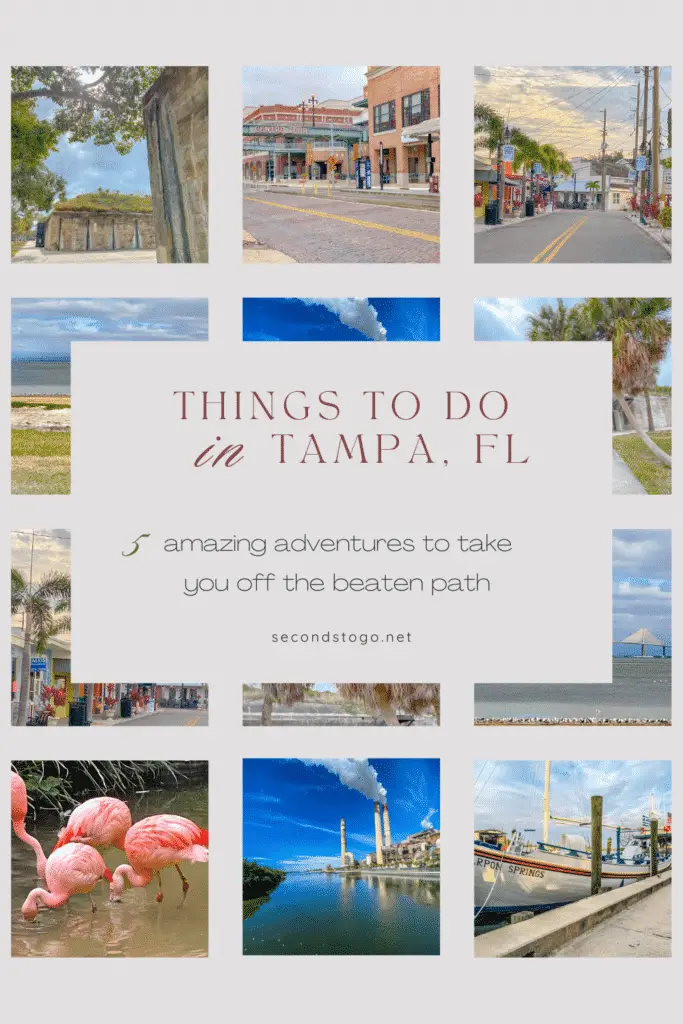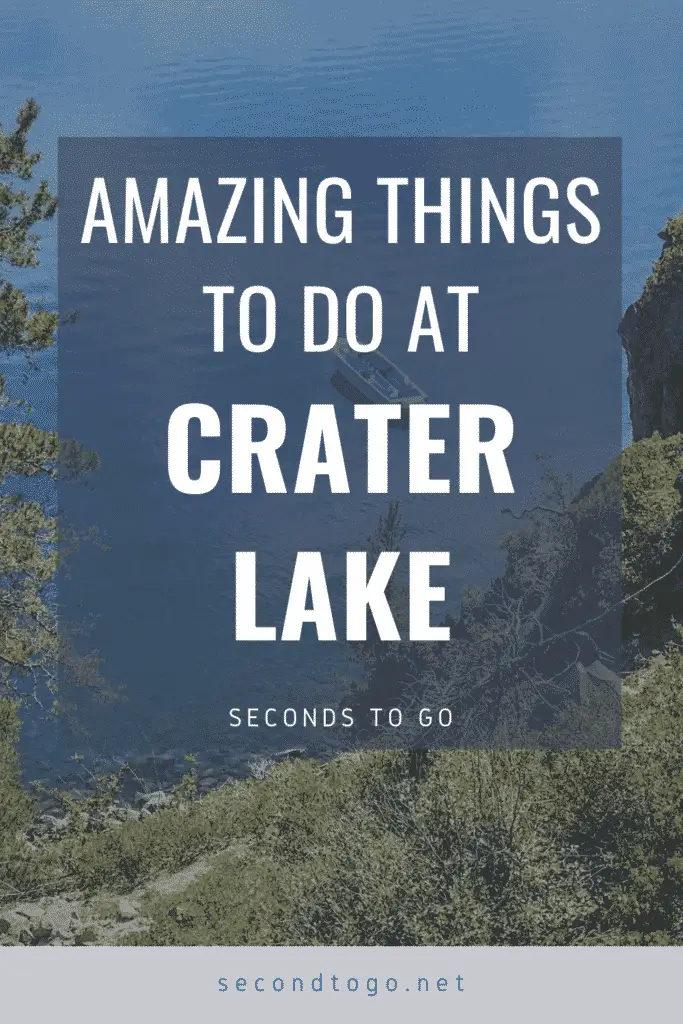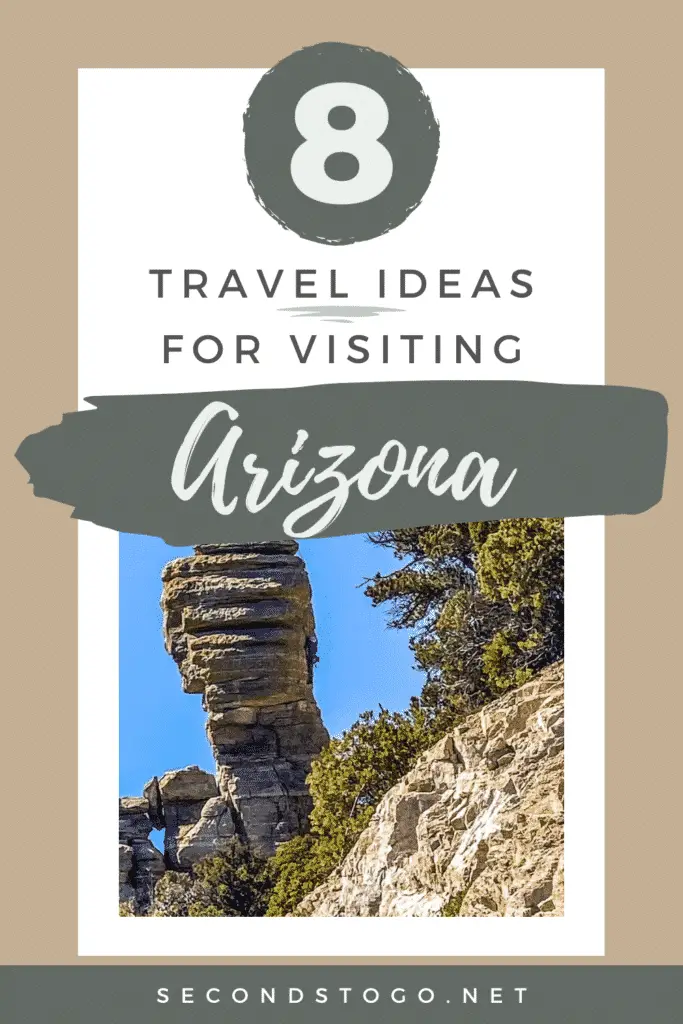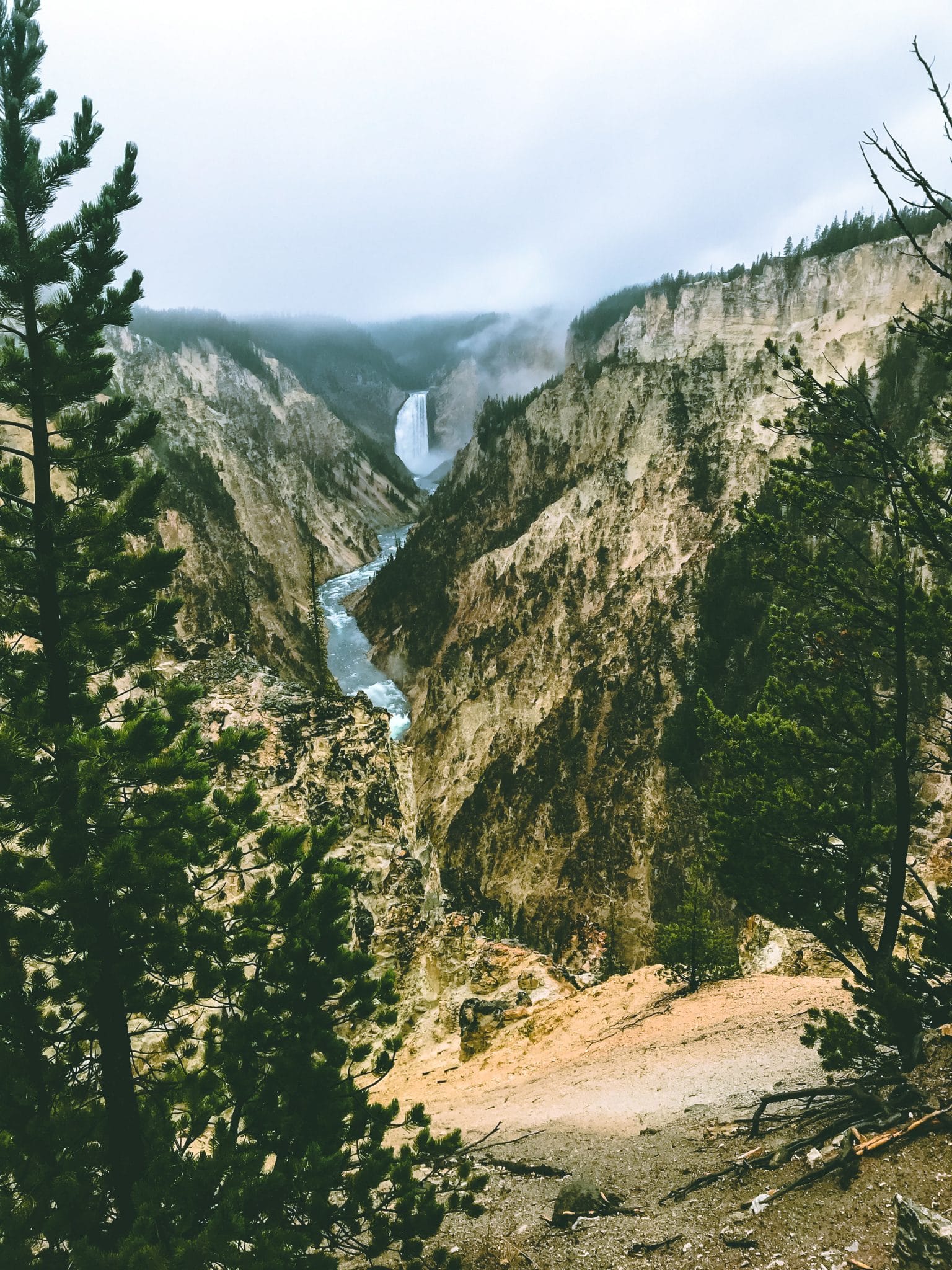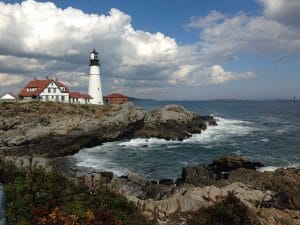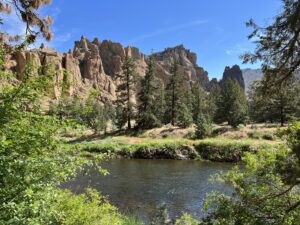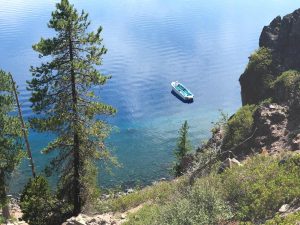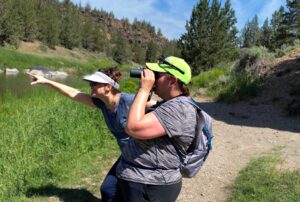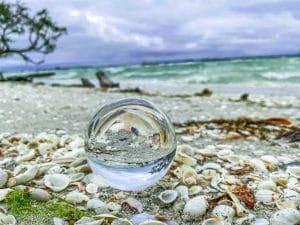If you’re wondering how to visit Yellowstone in a weekend, here is our Yellowstone 3-day itinerary. We’ve made this trip more than once, so we’ve gotten it down to a bit of a science.
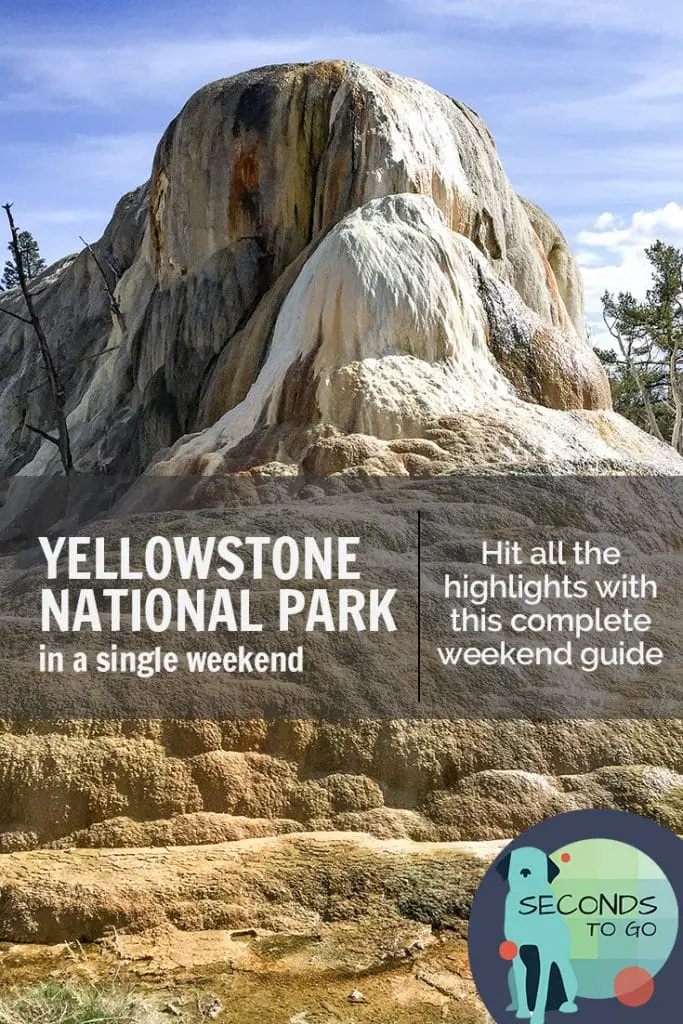
When to Go to Yellowstone if You Only Have a Weekend to Visit
Our most recent trip took place on what turned out to be a snowy weekend in September. Several roads within the park were closed on the second day of our visit, cutting short our journey. As a result, this guide draws on our experiences from multiple trips and depicts the routine we have established and highlights and important point: when deciding to do Yellowstone National Park in a weekend, timing is probably the most important thing to consider.
According to the National Parks Service, over 4 million people visit Yellowstone annually, and the vast majority make their appearance between the months of June and August. Despite the many things to do in Yellowstone, crowded roadways mean you’ll fit less into a 3-day Yellowstone itinerary if you travel with the masses.

While summer vacation schedules play a large role in the spike in attendance during the warmer months, you can’t rule out the impact of weather, and the fact that most of the major roadways through the park are closed to automobile traffic November through late April. In fact, early snows in 2019 prompted temporary road closures throughout late September and into October.
Our weekend trips usually take place in September, when the park sees approximately 16 percent of its yearly attendance. The National Park Service usually holds one of its free National Parks weekends during this time, and we have hit this on both of our last two trips.
Free National Parks weekend is a great time to visit Yellowstone if you’re looking to keep your costs down, as it allows you tour Grand Teton National Park and Yellowstone while only paying the one-park admission fee.
Fall is an overall a good time to visit Yellowstone. High temperatures are usually in the 60s, and in our experience, the skies are mostly sunny.
Of course, for every rule, there is an exception, and our 2019 weekend in Yellowstone broke them all.
How to Visit Yellowstong in a Weekend Trip

When approaching Yellowstone, many people use Jackson Hole as their home base. If you enjoy the night life and high-end shops of this destination resort area, it’s a nice way to experience the park. The drive into Yellowstone is a bit longer, making it less attractive to weekend visitors who want to see as much as they can, but it comes with the added benefit of close proximity to Teton National Park.
We, however, prefer the quieter and more mellow atmosphere of West Yellowstone, Montana. It’s about a four-hour drive from Salt Lake City, and the northbound drive provides an interesting tour of the varied western landscape, including the lava fields of Idaho.
Since we arrived at our hotel late on Friday night, our first glimpse of Yellowstone National Park didn’t occur until Saturday morning. It was free National Parks Day, so we arrived early in the hopes of beating the tourist buses that claim the roads during these annual events.
Unfortunately, a fine drizzly mist had set in during the night, delaying daylight’s groggy presence as we rolled through the park gates in near darkness. It was the first time I had driven the road from the West Gate without encountering any of the park’s wildlife. This is a long stretch of winding roadway and a popular place for animals, particularly bison, to congregate, especially as you reach the flatter river plains.
There are only a handful of roadways in Yellowstone National Park, and together, they form a southern loop and a northern loop. Our intent was to tour the southern section, including Old Faithful and the Yellowstone Lake area on day one, so we turned south at Madison Junction as the last rays of gray morning light fully illuminated the landscape.
From here, we followed the river south into the lower geyser basin. During previous trips, we’d made several stops for bison by this time, but our first encounter with the large bovines on this rainy trip didn’t occur until we reached the steaming valley of the Lower Geyser Basin. Since watching wildlife is one of the most popular things to do in Yellowstone, we weren’t surprised to see vehicles pulled over, enjoying the wildlife sightings.
We made a quick drive through this area, looking more at the bison herds than the many thermal vents. Admittedly, the drizzle was keeping us in the car, but we also knew there were more exciting features to come, so we passed on the opportunity to explore the area on foot.
Next Stop, Midway Geyser Basin
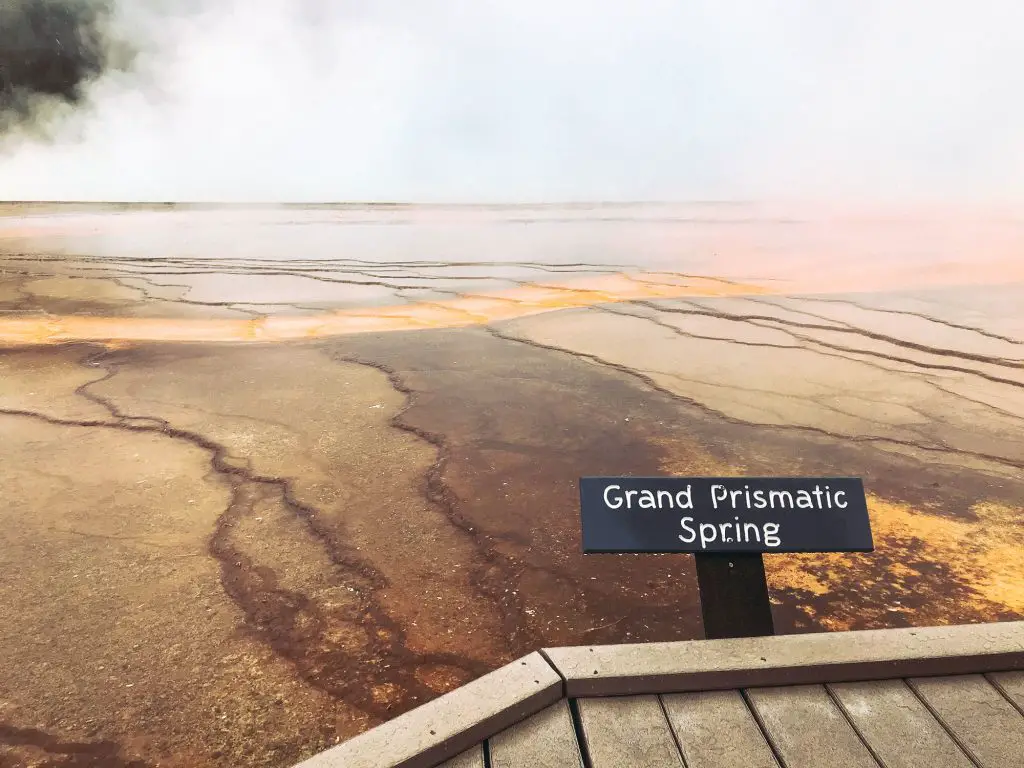
Up next, was the Midway Geyser Basin. Home to one of Yellowstone’s most photographed features, Grand Prismatic Springs, this area is a must-do when considering how you’ll visit Yellowstone, and one you’ll definitely want to make time for on a Yellowstone 3-day itinerary.
On both of our last few trips, this renowned feature was obscured by heavy mist rising from the water’s surface, a potential drawback to visiting when the air temperatures are cooler. While this meant missing out on the magnificent colors of Grand Prismatic, we were compensated with a hauntingly beautiful sight, particularly when backlit by sunlight.
At Midway Geyser Basin, as in many areas of the park, a narrow boardwalk winds precipitously inches above the caustic hot water of thermal springs and geysers. In addition to Grand Prismatic Springs, you’ll see a few paint pots and deep thermal vents, filled with cerulean water, a color you don’t find many places.
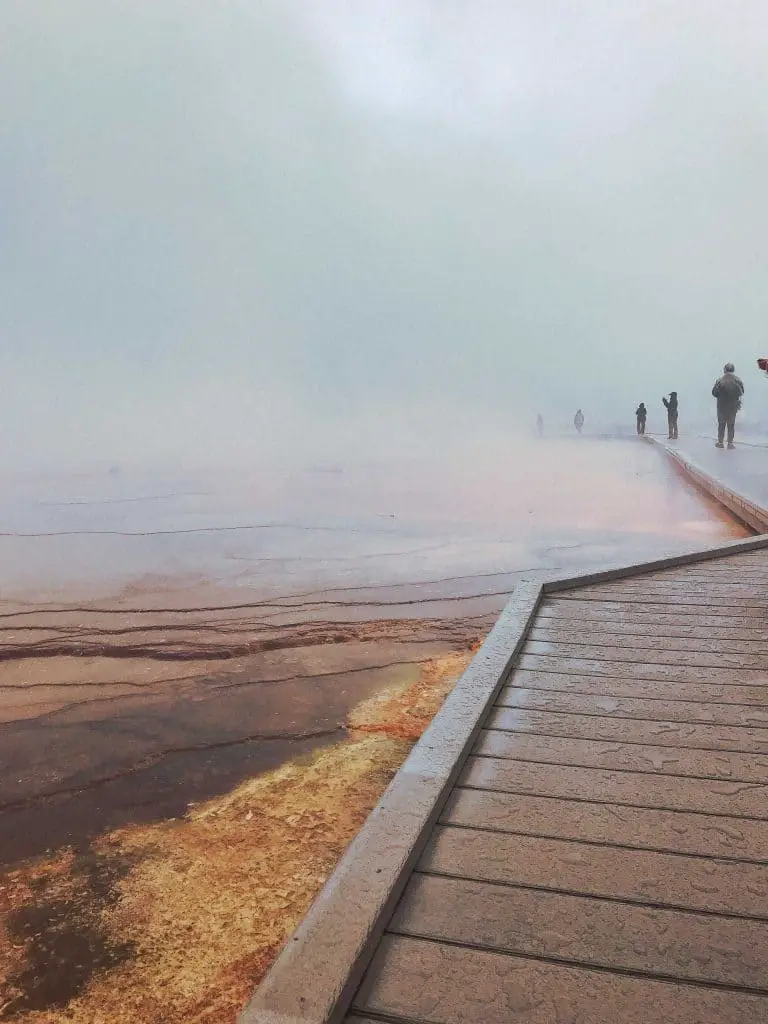
Old Faithful, the Can’t-Miss Thing to Do in Yellowstone
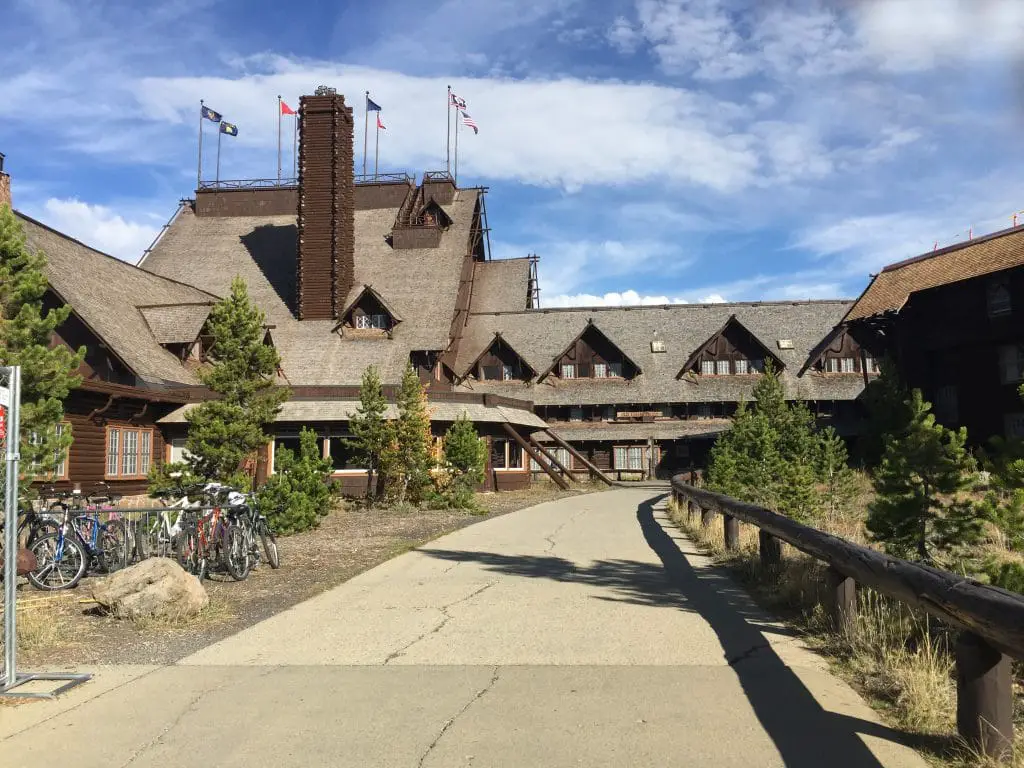
By this time, you’ve seen a good representation of Yellowstone’s thermal landscape, including paint pots and springs. With only a few days to explore, it’s worth continuing south, past the smaller Biscuit Geyser Basin, toward Old Faithful. Even if Yellowstone’s most dependable geyser isn’t erupting on schedule, the inn is worth a visit.
Built in 1904 at a cost of $140,000, Old Faithful Inn remains one of the largest log-style structures in the world. You can mingle with many of the original fixtures and furnishings by taking a quick tour of the lobby. If the weather is fine, try rocking on the large porch overlooking Old Faithful and the Upper Geyser Basin or take in a meal at one of the inn’s restaurants.
If Old Faithful doesn’t put on a show, take a stroll around part of the Upper Geyser Basin. The Upper Geyser Basin Trail leads off from Old Faithful through a series of smaller geysers. Some are nearly silent, erupting only every few years while others show off with greater regularity. If you see a uniformed park attendant standing near one of the active vents, it’s is a good clue that one may be about to blow.
Picking up the Weekend Yellowstone Trail Again

Leaving Old Faithful, head east following signs toward Grant Village or West Thumb.
Back on the road, you’ll wrap your way around Yellowstone lake, but before starting your shoreline drive, stop at West Thumb. This simple boardwalk stroll takes you to the water’s edge where fumaroles dot the shore, bubbling into the turquoise depths of Yellowstone Lake.
At an elevation of over 7,000 feet, the 132 square mile natural water body is the largest high elevation lake in North America. Despite Yellowstone’s highly active thermal landscape, water temperatures in the lake remain cold, averaging in the 40s. Even a summertime dip cold result in hypothermia with survival rates of only 20 to 30 minutes.
This is one of my favorite areas for viewing the thermal landscape. It’s not quite otherworld, but unique, watching steam rise as the harsh boiling depths of the earth rush into the frigid lake water temps. Taking time to appreciate the irony is something you must do when in Yellowstone.
From West Thumb, unless you plan to head over to the Tetons, it’s worth taking a few moments to stop at Lake Village. Here, you can drive part of the shoreline and visit the Lake Hotel for a peek at old-world elegance National Parks style.
This yellow clapboard manse serves for lakeside stays as well as some tasty eats. We tried the deli and were surprised to find the food was good. Or we were very hungry.
If you are heading for a quick afternoon drive through the Tetons and into Jackson Hole, you’ll head east from here toward fishing bridge. You can pick up the 3-day Yellowstone itinerary at the next step on your way back through and explore as much as you can before daylight fails you.
Otherwise, get back on the main road and head north toward Canyon Village. There are still a lot of things to do in Yellowstone before your first day comes to a close.
How to Visit Yellowstone; Embracing the Afternoon Hours
By this point, you’re pushing into afternoon and probably noticing that the sun is slowly sliding toward the horizon. Still, before you reach Canyon Village, make a quick stop at Mud Volcano.
Leading directly from the parking lot is a loop trail that winds past some of the park’s most unique sights and sounds, including the boiling muddy crater that gives the trail its name. You also won’t want to miss Dragon Mouth Spring. It doesn’t take much imagination to envision the smoky breath emanating from reptilian jaws.
Since these two sites form the bottom edge of the loop and are only a few steps from the parking lot, you might be tempted to loop back down to the car and leave. This is how many people visit Yellowstone, but if you’re up for a bit more adventure and seeking greater solitude, double back past Mud Volcano and take a right onto the extended loop that leads uphill. It’s a steep climb to start but reveals some turbulent sites such as churning caldron. It’s also quieter here, with moments of solitude hard to find when sticking to the highlights of Yellowstone on a weekend.
Canyon Village and Beyond
Leaving Mud Volcano, continue north on the main road until you reach Canyon Village for the next stop on your 3-day Yellowstone itinerary-the road to Upper Falls Viewing area. A visit here, and a quick stroll, takes you to another of Yellowstone’s highlights—Artist Point. Stopping here is one of the most popular things to do in Yellowstone as it provides a prime view of the Grand Canyon of Yellowstone.

However, it’s advisable that you first start at the Uncle Tom’s viewpoint. From here, you will get a view of the Upper Falls and the opening depths of Yellowstone’s Grand Canyon. It’s a stunning site but seems anticlimactic if you start first at Artist Point.
Once you’ve soaked in the sites from this vantage point, you can travel along the Uncle Tom’s trail to Artist Point, but since time is of the essence, it’s a safer bet to drive the South Rim Drive to the parking area at the end of the road. From here, Artist Point is a short walk.
Artist Point provides sweeping views of the breakneck drops into the Grand Canyon of Yellowstone several hundred feet below as well as the best view of the Lower Falls. This is one of the most photographed view in all of Yellowstone and for good reason.

Ochre cliffsides carved from volcanic rock set a contrast to the purity of the water rushing hundreds of feet below your feet, while the 308-foot falls in the distance plunges dramatically into the canyon below. It’s art by nature’s paintbrush, and the view, even for Yellowstone, is hard to beat.
Next, get back on the road and head toward the North Rim Drive. If you are short on time or losing daylight, skip the first few overlooks and head right to inspiration point. A new beautifully constructed stonewalled walkway leads you over a series of overlooks providing a different vantage point on the Grand Canyon of Yellowstone. If you have the time, stop at the lookouts on the way to see where you’ve been. The view of the falls is obstructed here however unless you take the Brink of lower falls trail. Just remember the trail back up is going to be steep.

Ending Day One: Closing out the Southern Loop
Tackling Yellowstone in a weekend means sectioning off the southern and northern portion of the parks and taking them in on separate days. After leaving the upper and lower falls, we picked up the Norris Canyon Road, heading west. There are few well-known sites on this cut-through road, but we found one pretty short and adventurous pursuit.
Reaching Virginia Cascade requires travel on a narrow treacherous road that traverses a shallow ledge along the Gibbon River. There are two highlights to this excursion, the first being the heart-stopping sight of several roadside washouts. The second is the cascade itself, a small series of descending rapids that’s actually quite unimpressive when compared to the wonders of the upper and lower falls but affords quiet in the late afternoon and a quick chance for some solitary introspection.
Back on the Norris Canyon Road, you’ll find few other highlights until you start south again on Route 89. Stop first at Gibbon Falls. Again, it’s shorter and less dramatic than the lower and upper, but a short and pleasant stroll. We had the area to ourselves on a late fall afternoon, but whether it was the time of day or the continuous drizzle that kept others at bay, I couldn’t say.
Heading south again, take a few moments to pull over to get a better view of the roadside Beryl Spring. Watch it bubble and churn for a bit, because it’s probably going to be the last of the thermal activity for the day as the road leads you south and the sunlight fades from the sky.
Yellowstone in a Weekend Day Two
Seeing the amazing wildlife is another of the most popular things to do in Yellowstone, and one of the best viewing areas is the Lamar Valley. Since this lone and isolated patch of the park is in the far northeast corner, it requires a very early rise and quite a drive from our base of West Yellowstone. It isn’t how many people visit Yellowstone, but we found it well worth the effort.
We left before the sun was even hinting at light on the horizon and caught the Norris Canyon Road cut through to head north on Grand Loop Road. Taking this route, you’ll travel the 8,859-foot-high Dunraven pass and cross over the 10,243-foot Mount Washburn.

Unfortunately, we hit the Lamar Valley a little late, well after sunrise, so may have missed our shot at glimpsing some of the park’s wolf residents. We did, however, see bison and antelope, and had the chance to take in the amazing vistas that this area of the park affords.
Heading this way also provides you with the opportunity to view Tower Fall. If the trail to the bottom is reopened, this is your next stop on the last day of your Yellowstone weekend trip. However, if the lower trail is still closed, you may want to skip this stop and save time for other adventures. The view from the top is very limited.
After rising so early, we skipped Tower Fall and took a little detour to explore the road toward the northeast entrance. The mountains rise tall here and surround you in sheer rock faces, another amazing sight to behold as the sun streams over the peaks. Traveling out the northeast gate, you’ll venture into Silver Gate, a true one-road town, but they do have a few dining options if you’re ready for breakfast before heading back into the park.
Stopping for Petrified History, an Unusual thing to do in Yellowstone

Back to our 3-day yellowstone itinerary, the next stop after breakfast was the Petrified Tree. What may appear at first glance as nothing more than a tall rotting stump
is actually much more.
This giant redwood succumbed to a violent volcanic eruption 50 million years ago. Encased in molten lava, what was left of the tree was debrided by the elements, forced to endure endless freeze thaw cycles. As water entered the cracks in the lava, silica became embedded in the wood fibers. Over the eons that followed, the tree decayed and the stone remained, creating a complete fossil.
While geologists have studied the tree enough to count growth rings, you won’t be able to get that close. After travelling a quarter mile down a dirt road, you’ll find the hearty redwood surrounded by a stout fence. This is for protection. If you’re in doubt that it’ might need it’s necessary, read some of the signs throughout the park, and you’ll witness a tale of early desecration as uninformed visitors took pieces of things, threw rocks into springs, and committed other acts that unknowingly (at the time) changed the Yellowstone landscape for future generations.
Tower Roosevelt to Mammoth Hot Springs.
What follows next is one of my favorite parts of a 3-day Yellowstone itinerary. The long drive from Tower Roosevelt to Mammoth Hot Springs is one of winding high vistas and mountainous landscapes.
The first signs of civilization reappear as you enter the Mammoth Hot Springs area. Take time for at least a short drive through the old Fort Yellowstone, left over from the Park’s early history when the land was watched over by the U.S. Army. Today, 35 structures from the late 1800s remain, just another glimpse into the past. You can also make a quick stop at the Albright Visitor Center to learn more about this part of Yellowstone.
In the fall, you can expect to see elk surrounding the parade grounds of the old fort, bugling to the herd or sparring for mating rights. It can get dicey at times, so always keep your distance from the wildlife and watch your back.
For some guests, a trip to Yellowstone isn’t complete without heading out the dirt road toward Gardiner and taking a dip in the boiling river. It’s another popular thing to do in Yellowstone as nearby springs trickling into the river give native water temperatures a natural boost.
Since it takes time away from the marvels within the park, we haven’t included it on our 3-day Yellowstone Itinerary, at least not for a weekend trip, but if it’s high on your list, now is the time to make the journey. Just swap it out for something later on the list.
Once you’ve completed your tour of the fort, and possibly the boiling river, you’ll loop south again on the Grand Loop Road and soon cross the drive up to Mammoth hot springs. Here, you have two uniquely different but entirely related experiences before you. A quick drive through the travertine terraces reveal an active thermal landscape, bubbling rich and steamy with a wealth of mineralized deposits that have created a bumpy honeycombed terrain.

Leaving the car at one of the parking areas, you can traverse a different set of terraces through the Mammoth Hot Springs, where water boils from the depths of the earth on a flat precipice that also provides a stunning view of the fort and valley below.
If you didn’t fill up on food in Silver City, Montana, you may also want to grab something at either the Mammoth Hotel Dining Room or the Terrace
Grill before leaving this area. It’s a long lonely drive to the next stop, with no other options for dining in sight.
Visiting Norris Geyser Basin

Leaving Mammoth Hot Springs, you’ll travel south to complete the northern loop at Norris Geyser Basin. Norris Geyser Basin is one of the oldest thermal areas of the park, dating back over 115,000 years. It’s also home to one of the park’s few acidic geysers. You’ll see signs in the parking lot warning you of the potential damage to vehicles should Echinus erupt.
The Norris Geyser Basin is home to many acidic geothermal features, including Porcelain Basin, Emerald Pool and Steamboat Springs. The spectacular series of boardwalks covers a lot of ground and a wide variety of thermal vents and pools, many at ground level, providing an up-close viewpoint to the terrain.
Given the vast area covered, it can be quieter here, with long stretches of time between encounters with other guests, unless you are traveling in the peak summer months. You’ll find two main areas with slightly different terrain. The Back Basin is fairly wooded offering a different thermal landscape, while Porcelain Basin is void of most vegetation and is rich in the sulfurous thermal smell.
We last encountered Norris Geyser Basin in the snow. Steamy vents blew high into the sky above the chilly winter landscape, while the contrast between winter precipitation and the evergreens of Back Basin made for Instagram worthy shots at every turn.
Norris Geyser Basin, however, is equally as stunning in dry weather, when you can really see the varying colors of the mineralized landscape. Plan at least a couple of hours here to meander through the network of boardwalks.
Wrapping up Yellowstone in a Weekend
Leaving the Norris Geyser Basin parking area, continue south for three miles until you reach Artist Paint Pots. A flat and wooded trail leads to a series of boardwalks in an extension of the Norris Geyser Basin.

Rumor has it that more than 50 thermal features, such as springs and geysers, cover this area of the park, but the star attraction is the noble paint pot. Providing a sensory experience in color and sound, thick clay in various hues of pink, blue, gray and brown bubbles and pops across a series of pools interlaced by terraced boardwalks.
While mostly flat, the half-mile walk does ascend to a low cliffside walk providing a view of the thermal features below as well as a few unusual springs that dot the edge of the high ground.
You may want to linger here for a bit. It’s the last major stop on your Yellowstone weekend before heading back to the ordinary landscapes of city and town. On your way out, watch for animals in the fields and plains as evening can be an active time for wildlife to emerge from hiding. It wasn’t long ago that we were stopped for nearly twenty minutes by a herd of bison who commandeered the roadway. It’s just one of the experiences that make a weekend trip to Yellowstone one to remember.
Day 3 of a Yellowstone 3-Day Itinerary
While you can hit most of the highlights in a weekend trip to Yellowstone, if you have a full third day not consumed by travel, you can extend your park experience by exploring missed highlights or by adventuring out on some of the hiking trails that cover the park. One popular and worthwhile trek is the Grand Prismatic Overlook Trail.
By covering this 1.5 mile hike, you’ll ascend a 200 foot elevation to an overlook and a dramatic view of Grand Prismatic Springs. It’s probably the best way to witness the raucus colors, something you can’t fully appreciate while visiting at ground level. Best of all, most visitors can cover the trail in about 45 minutes. You can pick up the trail at the Fairy Falls trailhead.
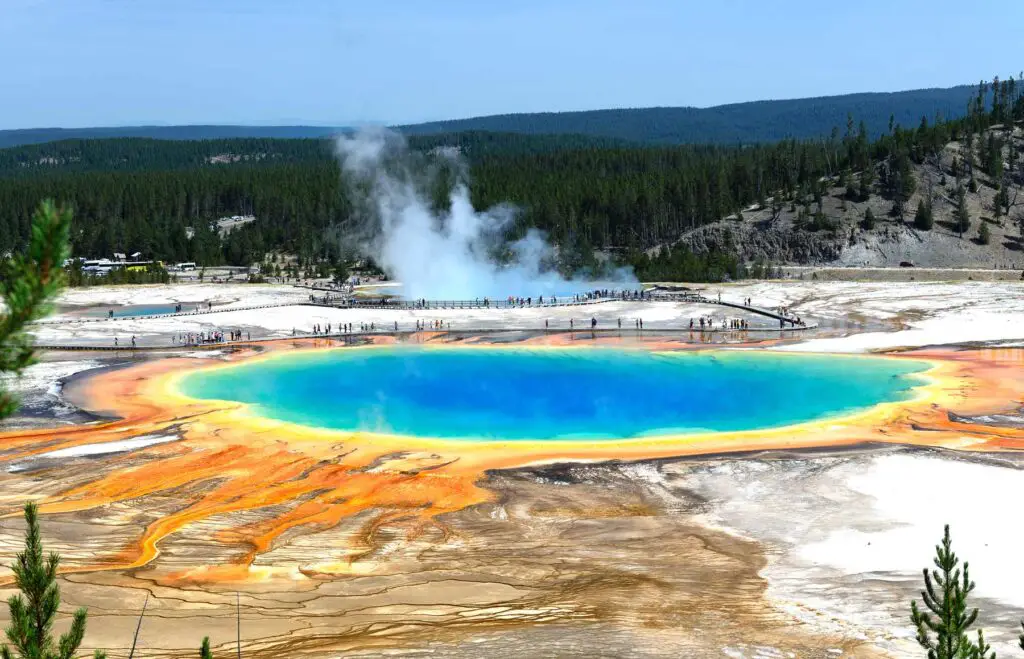
If you have a few hours, consider heading out to the the Lone Star Geyser trail. This hike comes in at just over 5 miles, requiring an approximate 2 and a half hour trek, but it’s worth it to commune in solo solitude with one of the park’s more secretive geysers.
The trail picks up at the Lone Star Trailhead. You’ll find it south of Kepler Cascade on the Grand Loop Road. For an added treat, stick around to watch the Lone Star erupt. This occurs about every 3 hours.
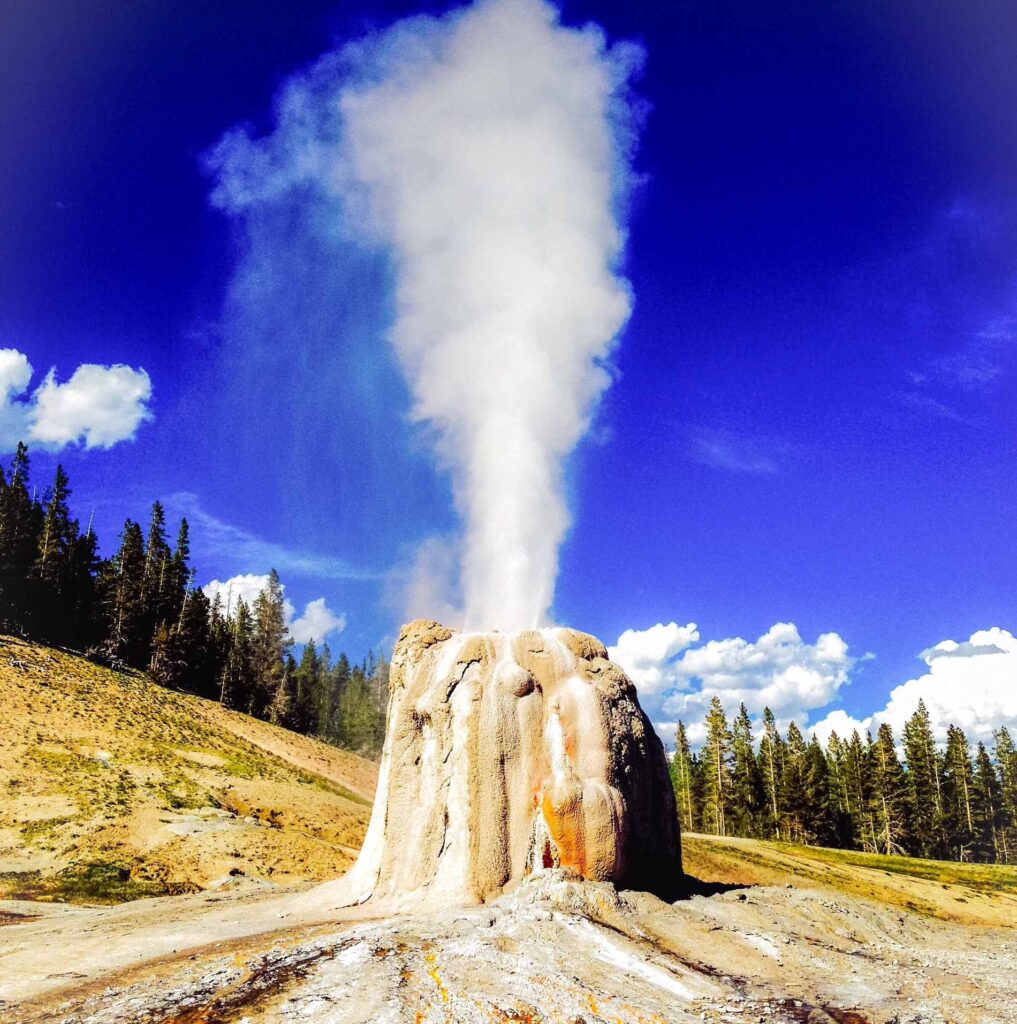
Before heading out on any hike, however, it’s a good idea to stop at a ranger station. Here, you’ll learn about any trail hazards and receive safety tips for avoiding other hazards, including wildlife encounters.
When others consider how to visit yellowstone on a third day, they take time for animal viewing. Slowly driving the park roads in the early morning or evenings often reveals many of the park’s denizens as they come into river valleys to spend the night or to eat. We’ve been treated to elk, bison, and antelope sightings as well as other creatures.
How to Visit Yellowstone, Final Words
The sights and sounds of Yellowstone National Park are a stunning wonder, making it one of the biggest bucket list attractions for U.S. travel. You could easily fill a week by expanding your trip to include the Grand Teton National Park and other surrounding areas, but you’ll hit the most scenic Yellowstone attractions by following this 3-day itinerary.

